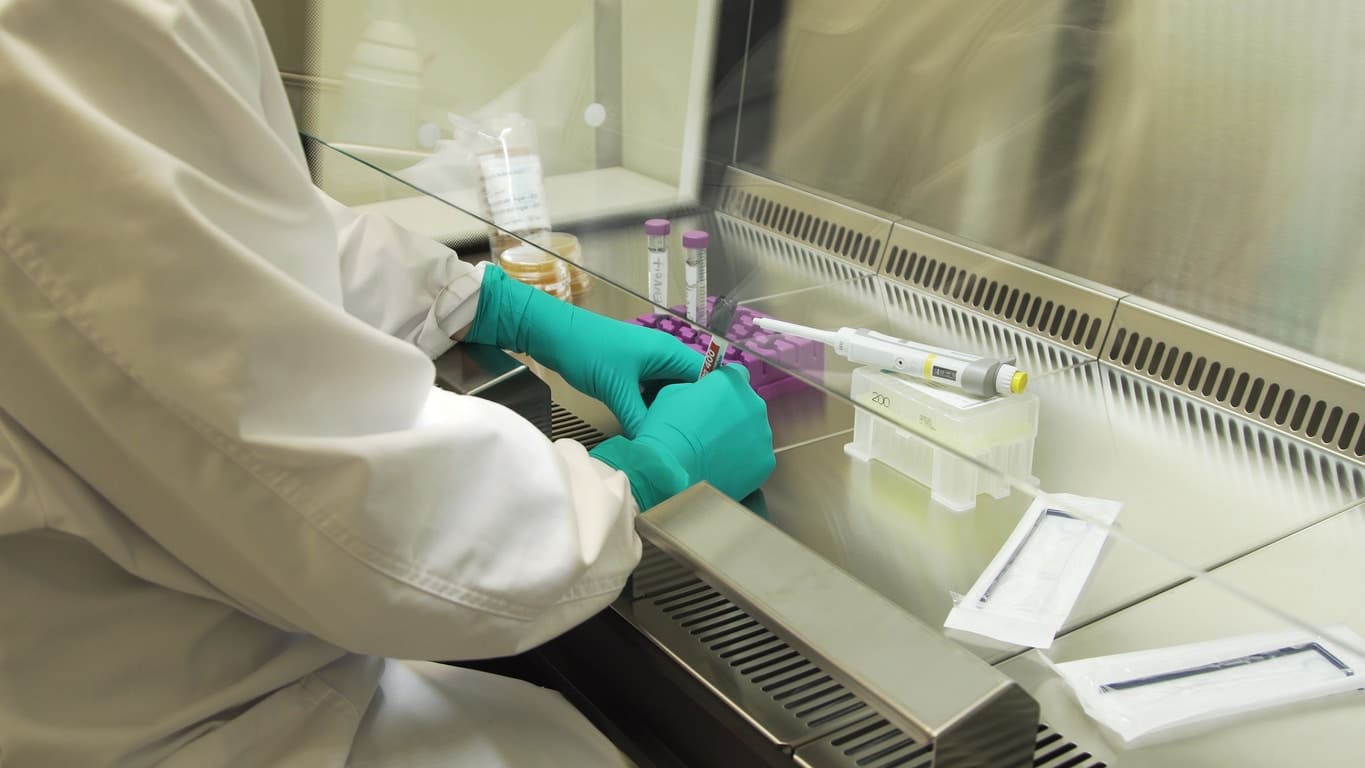Ball mill homogenizers mechanically grind and homogenize fibrous or hard materials. These instruments are available in several configurations to support research and analytical applications in various industries, including biological research and environmental testing.
Grinding a sample could be necessary for several reasons. Because there are so many materials available, you must ensure a suitable ball mill homogenizer is used. This blog post will highlight which homogenizer is most ideal for each grinding process.
What is a Ball Mill Homogenizer?
When small amounts of a sample need to be broken down, a ball mill homogenizer is an accurate and reliable instrument for the process. Homogenizers are not only used for grinding a sample but also for cell disruption, mechanical alloying and mixing in applications such as extracting DNA, RNA and small molecules from tissues. The grinding process is also known as milling; hence the name ‘ball mill’ homogenizer, and homogenizers are often called mills.
What Ball Mill Homogenizers are Used for Each Grinding Process?
There are three main types of grinding processes used when homogenization is required. These include wet grinding, dry grinding and cryogrinding (or cryogenic grinding). Choosing the most appropriate method will depend on your sample, and the sample type and size must be considered.
Cryogenic Grinding
Cryogenic grinding is also referred to as freezer grinding, freezer milling and cryomilling and is the process of cooling a sample before breaking it into small pieces. This technique is most suitable for materials containing volatile components and tough, elastic and heat-sensitive. The benefits of cryogenic grinding on the materials mentioned above reduce the risk of the volatiles escaping during a heat-based grinding process.
Several ball mill homogenizers are available for cryogenic grinding. They include hammer mills, impact mills and mixer mills.
Dry Grinding
During the dry grinding process, the sample material is broken down in a contained area as it is forced into contact with other particles or the grinding equipment. This process is simple and often favored over other methods, but it isn’t suitable for achieving tiny particle sizes. Typically, a jet mill is used for dry grinding, but a jar mill or dry ball mill are also options.
Wet Grinding
Wet grinding requires the sample to be placed in a liquid slurry before being added to a grinding vessel. The sample particles are mixed into the liquid and recirculated for long periods until the particle sizes are small enough. The particles are reduced by being churned around and the slurry coming into contact with the grinding equipment.
Common mills for wet grinding include a swing-type ball mill and agitator bead mills.
ARES Scientific and Ball Mill Homogenizers
Many ball mill homogenizers and other milling instruments are available for the different grinding processes. If your laboratory carries out multiple grinding operations, buying various machinery can be costly and take up additional space.
ARES Scientific offers an ideal solution for all grinding processes; the Benchmark BeadBlaster™ 96 Ball Mill Homogenizer. This equipment is suitable for all types of grinding in a range of industries. It can be loaded with microplates, microtubes and 50mL tubes and can accommodate a range of sample types.
For more information on ball mill homogenizers, contact a member of our team today and we’ll be happy to help.




